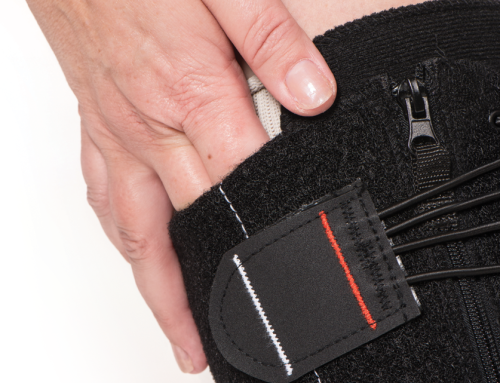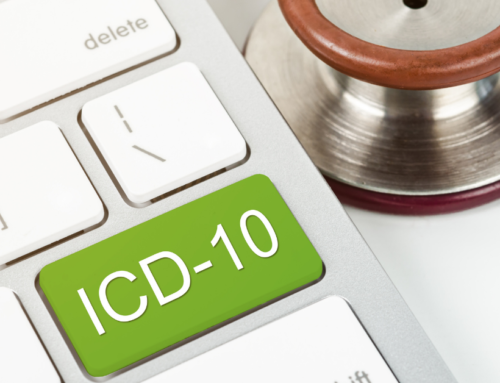Primary Versus Secondary Surgical Dressings
According to the Durable Medical Equipment Medicare Administrative Contractors (DMEMACs), the definitions of primary and secondary surgical dressings are:
Primary Dressing – Therapeutic or protective covering applied directly to wounds or lesions either on the skin or caused by an opening to the skin.
Secondary Dressing – Materials that serve a therapeutic or protective function and that are needed to secure a primary dressing.
Some surgical dressings can only serve as a primary dressing, while others can only serve as a secondary dressing. There are even some that can serve as either a primary or secondary dressing depending on how it is being used.
Documentation Requirements
When dispensing a surgical dressing, the DMEMAC Surgical Dressings Policy Article (A54563) states that the documentation must include whether the dressing is being used as a primary dressing or secondary dressing. This should never be left subject to interpretation or assumption by an auditor, but instead clearly documented.
It is suggested that the note contain a sentence that states, “This product will be used as a ___________ (fill in primary or secondary) dressing.” If dispensing multiple products at the same time, as in the case of an AMERX® Wound Care Kit, each product should be accounted for and this designation of primary versus secondary use should be made for each product. This could require a sentence such as, “The collagen powder in this kit will be used as a primary dressing and the bordered gauze in this kit will be used as a secondary dressing.”
The Options
If you need assistance determining the primary/secondary designation of AMERX dressings, this summary may be helpful:
- HELIX-3 Bioactive Collagen – Primary
- AMERIGEL Hydrogel Wound Dressing – Primary
- AMERX Foam Dressing – Primary or Secondary
- AMERX Calcium Alginate Dressing – Primary or Secondary
- AMERX Hydrocolloid Dressing – Primary or secondary
- AMERX Bordered Gauze Dressing – Secondary
- EXTREMIT-EASE Compression Garment– Secondary
Conclusion
It is important that providers understand the difference between a primary dressing and a secondary dressing and clearly document whether the dressing(s) being dispensed are to be used as a primary or secondary dressing.
DISCLAIMER: The information provided here is intended to educate health care providers regarding compliance with ICD, CPT, and HCPCS coding. The information provided does not guarantee reimbursement and is accurate to the best of our knowledge at the time of this publication. Coding guidelines can change and we encourage you to stay up to date. The existence of a code does not guarantee payment.

Dr. Jeffrey D. Lehrman, DPM, FASPS, MAPWCA, CPC, CPMA
Dr. Lehrman is a podiatrist practicing in Fort Collins, CO and operates Lehrman Consulting, LLC which provides consultation services regarding coding, compliance and documentation. Dr. Lehrman is a Certified Professional Coder and Certified Professional Medical Auditor. He serves as a staff liaison at the AMA CPT® Editorial Panel meetings where CPT codes are created, edited, and deleted. He is a Diplomate of the American Board of Foot and Ankle Surgery, Fellow of the American Society of Podiatric Surgeons, and is recognized as a “Master” by the American Professional Wound Care Association. Dr Lehrman is a Fellow of the American Academy of Podiatric Practice Management, Past Director of the American Professional Wound Care Association Board of Directors, and is a Past Chairman of the Board of the American Society of Podiatric Surgeons. Dr. Lehrman is also on the editorial advisory board of the journal WOUNDS.






